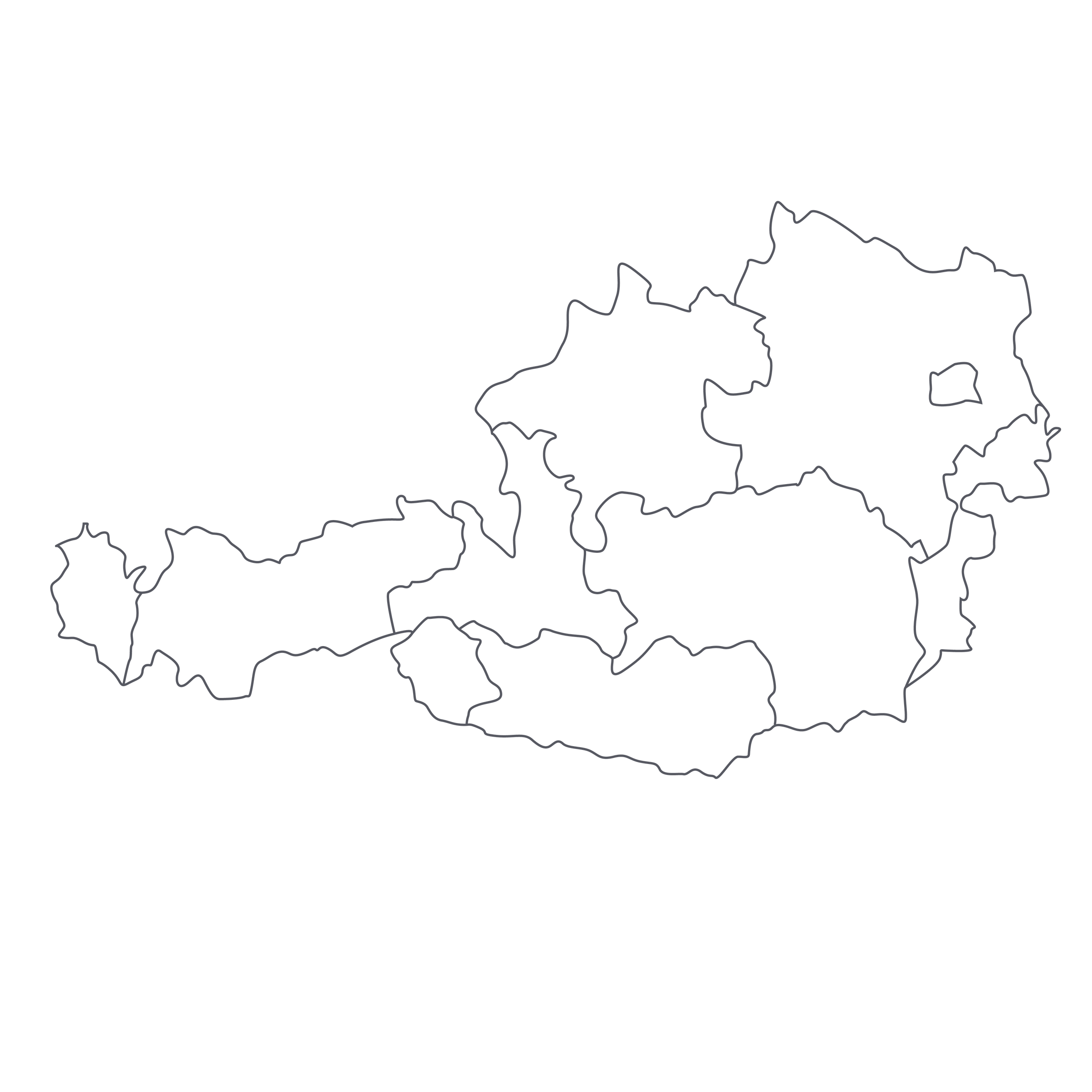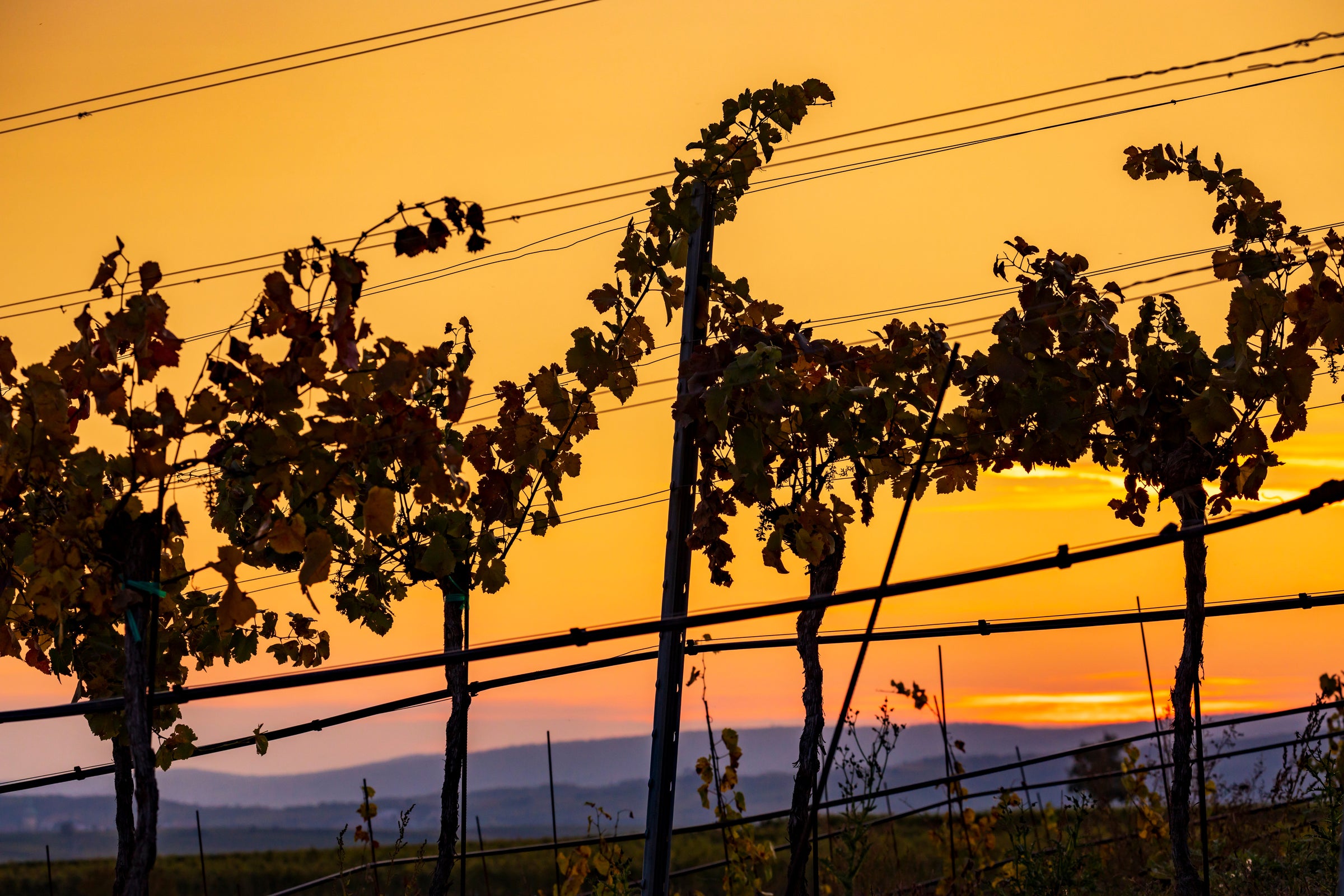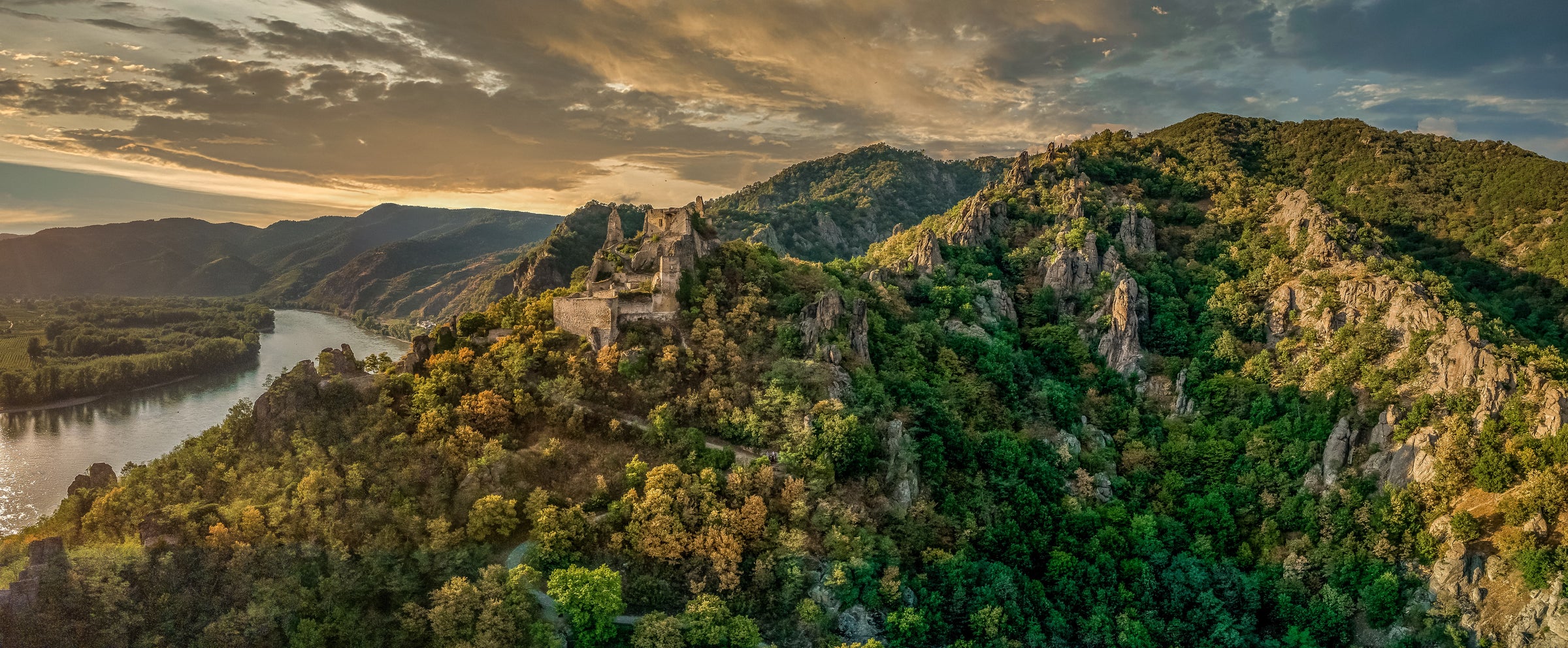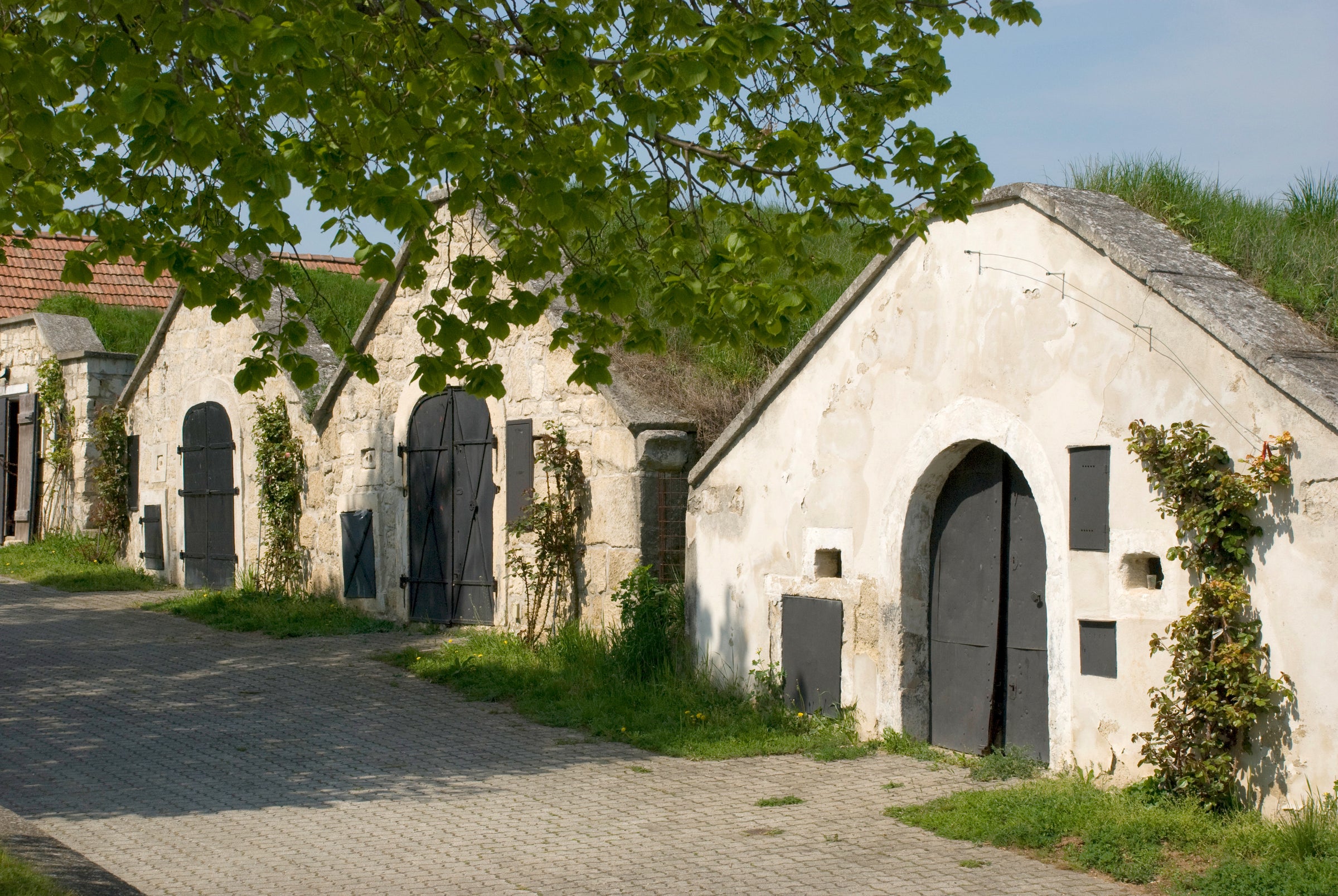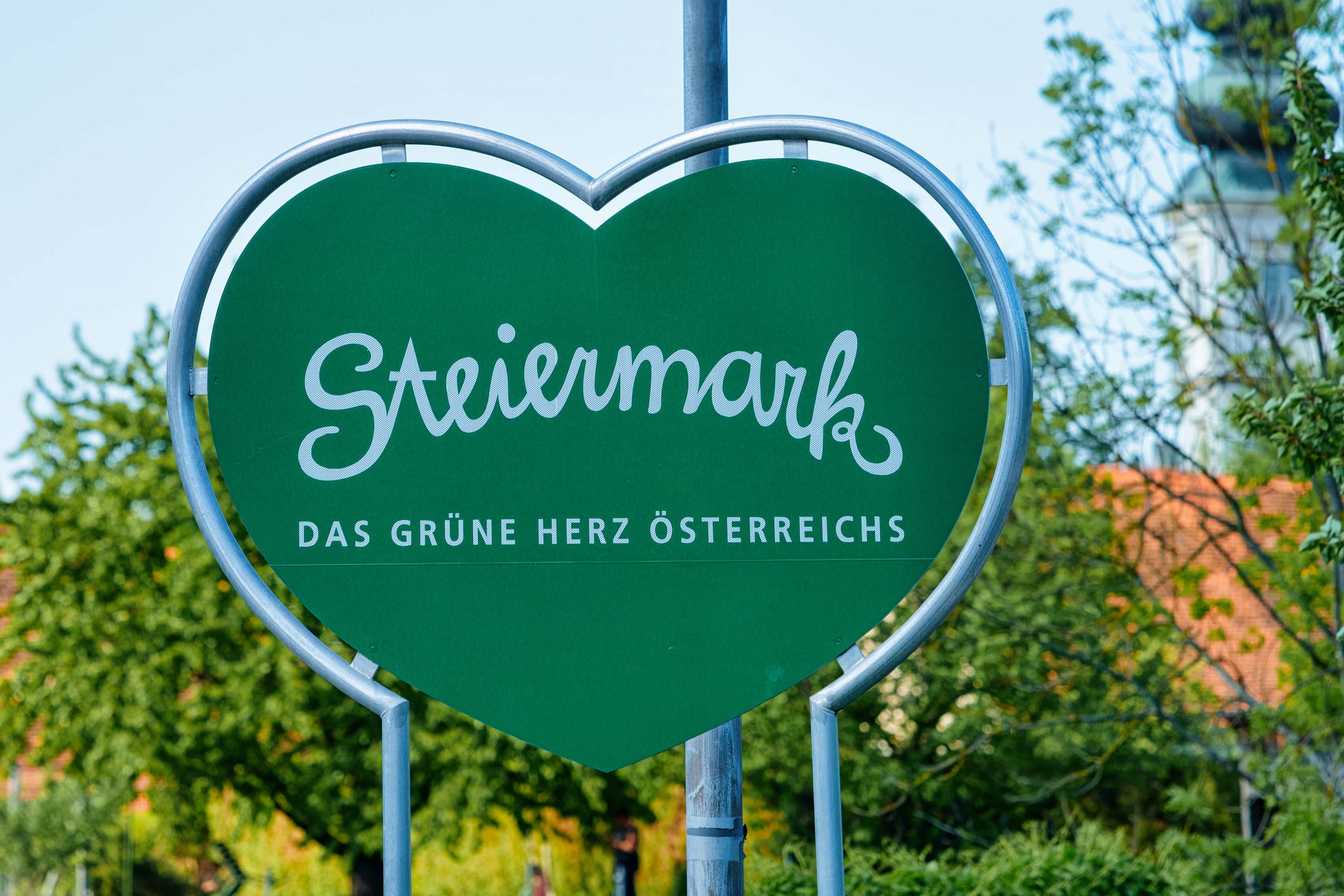Not many landscapes are as intoxicatingly beautiful as Austria’s Wachau Valley. Jewel-bright patches of vineyard terrace the slopes of the Danube River, delineated by crumbling stone walls that sew the landscape together. Seeing it glitter in the pre-harvest stillness makes you think of the lost city of Babylon and its famous tiered gardens. Bitter Bohemian winds, encroaching forest, and thin soils make for lean, tense wines of incredible concentration.
But the 2018 vintage was more generous than most, with persistently high temperatures that softened acidity and made for an earlier-than-normal harvest. Today we’re offering one of the first 2018’s we’ve tasted, and if Weingut Prager’s exquisite “Hinter der Burg” is any indication, there’s a lot this generous vintage has to offer us—namely, a mixture of concentration and chiseled precision that only a few wine regions in the world are capable of providing. Dr. Toni Bodenstein’s minimalist approach at Prager carves wines of detail and elegance, with restrained alcohol and an incredibly strong sense of origin. His are old vines of character—in today’s case the source vineyard has more than 500 years of history—and yet the price of the bottle would suggest something far less profound. I’m not surprised that so much personality and authenticity can be packed into one modestly priced bottle, just appreciative: Wachau over-delivers yet again!
Dr. Toni Bodenstein took over Weingut Prager from his father-in-law, Franz Prager, in the 1990s. Franz was a founding member of the Vinea Wachau, established in 1983. This association of winemakers believes in commitment without compromise to quality, origin, and purity. As a result, they enforce a stringent code of behavior upon their members. Wines must be completely natural products, ones which represent their specific vineyard of origin as well as the distinctions of the region. No wood can be used in aging, and winemakers promise to hand-harvest and limit any mechanization or intervention. Bodenstein has followed in Franz’ footsteps by certifying each Weingut Prager wine with the Vinea Wachau. His background as a biologist, geologist, and historian have fueled a renaissance at the winery, refocusing their efforts on vineyard-specific Grüners and Rieslings of outstanding character. He’s a lover of old terraces, a connoisseur of subtle shifts in terroir, and pays particular attention to preserving genetic diversity in old vines. Each of his wines is an ode to Wachau, and one of its garden-like vineyards.
Today’s wine comes from the “Hinter der Burg” vineyard in Weissenkirchen. It faces southeast and is bathed in golden sunlight every morning. The name was coined in the early 16th century when local Benedictine monks designated the plateau “behind the castle” (the English translation) as a single vineyard. It’s neighbors with Hinter Seiber, which soars to elevations of 466m above sea level. Hinter der Burg isn’t quite as steep, nestled right below the Seiber and benefitting from the cumulative effects of location, erosion, and gravity to deposit humus riddled with shotte, or small stones from the old Danube. Grüner Veltliner thrives in soils much more fertile than you might expect and extracts a perfectly balanced mix of moisture and nutrients with deeply set roots. These sedimentary soils impart both power and finesse, well documented for over 500 years. In fact, Bodenstein chose the site specifically for its sharp contrast to other vineyards in the area which have thinner, rockier soils.
The Prager team hand-harvests in October, as stipulated by the Vinea Wachau. Hinter der Burg yields 2 tons per acre in its most prolific years; vines were planted in 1961 and have slowed their production while concentrating intensity of flavor. The rich genetic diversity of old Grüner Veltliner is a vital part of Weingut Prager’s ethos of winemaking. Grapes are sent directly to press where they spontaneously ferment in stainless steel. The fermentations generally last about 36 days and wines spend six months aging in tank and two aging in bottle before being released to market. The word Federspiel is a designation of ripeness for dry wines, and can only be used by members of the Vinea Wachau. Bodenstein proudly displays the word on his label to tell the drinker the wine falls between 11.5 and 12.5 percent ABV without any kind of chaptalization.
Prager’s signature is intense aromatic complexity—the nearly indescribable mix of scents that made Grüner an internationally famous variety in the first place. On the nose, the 2018 Hinter der Burg is herbaceous and playful: classic white pepper dances with crushed chamomile and fresh-cut grass. The palate is intensely mineral and juicy, all at once. The softness of sliced pear balances a little bitter turnip and fresh watercress. It’s a richer wine than you might expect, the direct result of those deeper humus-rich soils. The wine’s finish is long and the tiniest bit smoky. Hinter der Berg has balanced acidity but its vibrancy comes from the concentration of savory, vegetal notes and that deep minerality that rings your head like a bell.
We like seafood with this wine. Try chicken-fried trout with a squirt of fresh lemon and a heaping pile of fresh dill, radishes, sliced carrots, and butter lettuce. As it is bottled under screwcap, give the wine a quick decanting or splash and swirl it well in the glass to let it breathe some air. Serve it in all-purpose white wine stems at 45-50 degrees and be sure to have another bottle at the ready in the fridge—you’ll need it!


